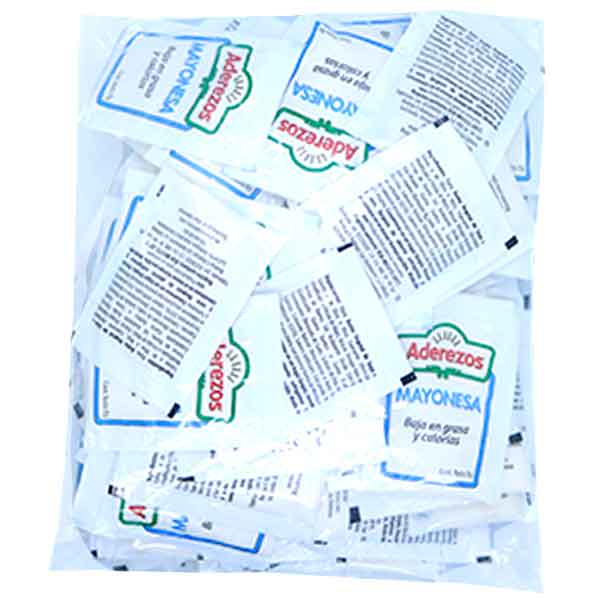id=»article-body» class=»row» section=»article-body» data-component=»trackCWV»>
eats amateurs for breakfast.
Having a successful CES is about the intangibles — knowing how to cluster your meetings, wearing the right shoes, making time to eat something decent, staying hydrated and always making sure you get at least six hours of sleep.
But if you’re at CES to create content, there’s even more to think about. Because if you don’t plan well, you’ll run out of power, fight in vain for bad WiFi and get storage-full messages in the middle of your best video opportunities.
After more than a decade of sometimes learning the hard way, here’s the kit I bring to produce the best content possible while carrying a bag that’s light enough to sling all week.
Disclaimer: CNET may get a share of revenue from the sale of the products featured on this page.
— While plenty of content creators get away with a tablet or a slim Chromebook, I need a full laptop for running Adobe Creative Cloud and processing professional photos and video. I have the 2016 model, and while I don’t love the Touch Bar that’s existed on models since then, I do dig Touch ID and the 2560×1600-pixel Retina Display. And the 13-inch has plenty of horsepower in a small package.
Apple MacBook Pro 13-inch 201
— This is my personal phone, but I also use it to take and edit a lot of photos — both from the itself and to quickly grab images from my mirrorless cameras to edit and post on Twitter or for stories with tight turn-arounds. Something else that comes in especially handy during CES is that my two are on two different wireless carriers, so I can sometimes get a connection on one when the other is sputtering.
— If I’m honest, this is mostly for watching movies and videos on the flights to-and-from CES. But, it also comes in super handy when my laptop is low on battery and I just need to open a text editor and write a story — when paired with the . While this 2017 model is still available, though, those buying now should check out the snazzier 2018 11-inch and 12.9-inch iPad Pros.
— I dig Sony mirrorless cameras for their compact size, silent shutter, electronic viewfinder, and other digital-first features. My go-to camera is the full-frame , but the crop-frame and its lenses are smaller, lighter and more portable so that’s why it’s in my bag for CES. The a6300 also makes such a great video camera that many professional wedding photographers use it as their second shooter to get background and b-roll shots.
Sony a6300 mirrorless camera
Sony
— This lens is an amazing deal for under $500. It’s a perfect walkabout lens for the Sony a6300. While it doesn’t compare in quality to the breaktaking Sony 70-200mm GM f2.8, you can buy this crop-frame lens for a fourth of the price and sometimes even less. And considering that you’re putting it on a crop frame, it’s basically the equivalent of a 300mm telephoto. That makes it a powerful option at events. In terms of performance-for-value, I think it’s one of the best kit lenses in the world (and one of the most underrated).
— I also bring this tiny nifty-fifty for the e6300 because the one thing the Sony 55-210mm won’t give you is beautiful bokeh (blurred background). This 50mm excels at those shots, which is especially helpful for taking products photos.
— Love to use this small, thin and lightweight strap with the Sony a6300.
— There are plenty of steps to track at CES. Just roaming the show floors racks up lots of mojo. But, you also quickly learn that traffic is so bad at CES that it’s often faster to walk between locations than waiting in long taxi lines and then sitting in bumper-to-bumper traffic. Even the 30-minute walk between The Venetian and the Las Vegas Convention Center is a lot more pleasant as a walk and well worth it for your mental and physical health. The show floors are so loud that getting wrist alerts about calls and text messages on the is also clutch at CES.
— I’ll just say it, I hate charging headphones or earbuds. I’m a reluctant convert to this part of the wireless revolution. And I still always carry a pair of wired earbuds as a backup. But, the have terrific sound and are super useful when you’re walking a lot, or listening to podcasts and watching movies on planes. And the ease with which they automatically pair to an iPhone and iPad might be the most impressive thing about them.
BeatsX earbuds and case
David Carnoy/CNET
— Since so much of the tech industry descends on CES — over 150,000 people and still growing — it’s a great place to interview smart people and ask them about the stuff they are working on. These encounters can make great video clips. But, CES is so loud that a lot of interviews can be useless without a good directional microphone. Movo offers some great options that can plug into either a camera like the a6300 or a smartphone. I like this one because I can plug it directly into the 3.5mm jack and this model of the Movo also has a second mic so I can record my own audio as well as a guest and also listen at the same time to make sure it’s getting a good quality recording.
Movo lavalier microphone
Movo
— Power banks are a dime a dozen. This one is my favorite because of its size and modest price tag.
— used to include one of these long corded adapters with all of its MacBooks, but now it only includes the dongle to plug your power brick directly into an outlet. Those bricks are sometimes so heavy that they fall out of an outlet or can’t squeeze into a crowded power strip. I still use one of the perfectly extension cables from an old MacBook, but fortunately, as well. They’re super handy when sitting on a floor somewhere at CES to work on your laptop and stretching to plug into an outlet.
— I have plenty of old USB SD card readers that I could plug into USB-C adapters, but that’s clunky. And now that Apple has removed SD card readers from MacBook Pros, dealing with SD cards from cameras can be a bit of pain. This inexpensive little dongle makes it simpler — and theoretically, a little faster for transferring a lot of big files.
— Again, I could plug an old USB Ethernet adapter into a USB-C adapter, but that gets kludgy and fb88 it also doesn’t take advantage of Gigabit Ethernet. And at CES, whenever you can plug into a wired internet connection, you do it because the wireless gets swamped.
— This app lets you transfer photos from Sony mirrorless cameras to your smartphone, where you can then quickly edit them with your favorite app to post on social media and/or in stories.
— Speaking of favorite photo editing apps, is still the best for fast photo editing app on mobile. It’s also pretty full-featured. And Google bought it in 2012 and has made it available for free on Android and iOS ever since.
— Snapseed is great for quick edits of photos that don’t need much help and aren’t going to be very high-profile. But for images that need more polish and that I really want to make pop, I import those to Lightroom. The great thing is that with Lightroom CC, next-generation editor, the mobile, web and desktop versions are nearly identical so it’s easy to import from any of those places and then switch devices to do the actual editing. Then, you can even switch again to export the file wherever you need it.
<div class="shortcode video v2" data-video-playlist='["id":"adb2bcb8-5265-460f-bc92-ca920d0349e9","title":"Samsung TVs to support iTunes, a new solar-powered smartwatch","description":"Today\u0027s major tech stories include Samsung TV\u0027s iTunes support, a solar-powered and thermoelectric smartwatch and Amazon and Google\u0027s battle takes the main stage at CES 2019.","slug":"samsung-tvs-to-support-itunes-a-new-solar-powered-smartwatch","chapters":"data":[],"paging":"total":0,"limit":15,"offset":0,"datePublished":"2019-01-07 13:30:03","duration":74,"mpxRefId":"0Zx4JXCs4o_S3tbWSAwPVzBGeDemtFwt","ratingVChip":"TV-14","primaryTopic":"id":"1c0fd1cb-c387-11e2-8208-0291187b029a","author":"id":"","firstName":"","lastName":"","primaryCollection":"id":"30d21c71-7034-418e-acab-9f301f4dadd4","title":"CES website
Now playing:
Watch this:
Samsung TVs to support iTunes, a new solar-powered smartwatch
1:14


